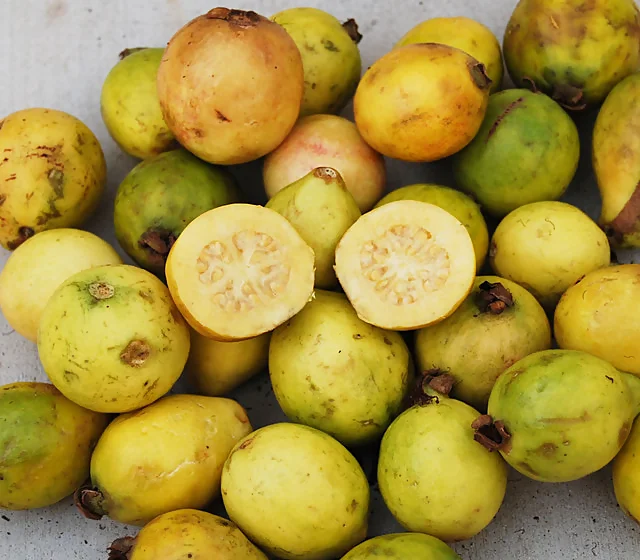Contents
- 1 How to Grow a Soursop Tree " The Complete Guide"
- 2 Key takeaways
- 3 Understanding the Soursop Tree: Your Gateway to Tropical Paradise
- 4 Step 1: Choosing the Perfect Location for Your Soursop Tree
- 5 Step 2: Soil Preparation
- 6 How to test the pH level of soil
- 7 Step 3: Propagation and Planting - Getting Your Tree Started Right
- 8 Step 4: Watering: The Hydration Balance
- 9 Mulching: The Secret Weapon
- 10 Step 5: Fertilization: Feeding Your Tree for Optimal Growth
- 11 Understanding NPK Ratios: The Building Blocks of Growth
- 12 Step 6: Pruning: Shaping Your Tree for Success
- 13 First Year: Establishing Structure
- 14 Step 7: Flowering and Pollination: Maximizing Fruit production
- 15 Step 8: Pest and Disease Management - Protecting Your Investment
- 16 Common Pests and Solutions
- 17 Step 9: Harvesting and Reaping
- 18 Step 10: Post-Harvest Storage and Usage
- 19 Culinary Uses: Exploring the Possibilities
- 20 Common Challenges and Solutions
- 21 Advanced Tips for Success
- 22 Conclusion: Journey to Soursop Success
- 23 Frequently Asked Questions
- 24 How long does it take for a soursop tree to produce fruit?
- 25 Can I grow soursop trees in containers?
- 26 What's the best time of year to plant soursop trees?
- 27 How often should I fertilize my soursop tree?
- 28 Why are my soursop tree's leaves turning yellow?






